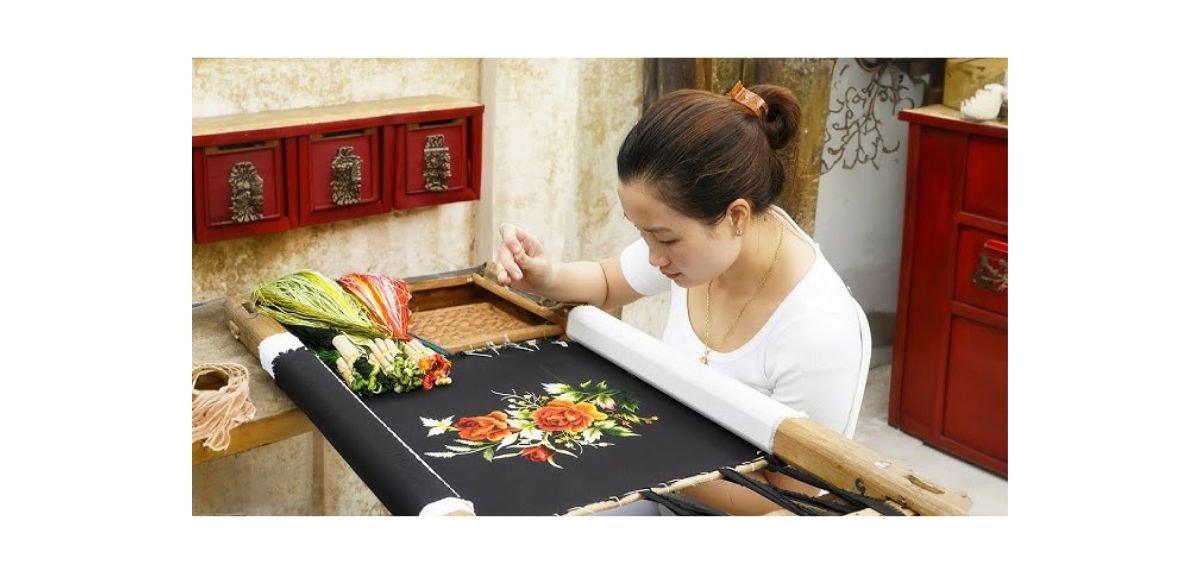
The craft or art of designing fabric with a needle and thread is called embroidery. Currently, custom artwork, names, and logo designs of organizations, companies, clubs, and other businesses are showcased using embroidery techniques. Numerous tailored and machine-driven embroidery techniques are used to beautify a cloth. Here we will discuss the 10 types of embroidery to choose from as per your preferences.
11 Different Types of Embroidery With Name
Redwork embroidery
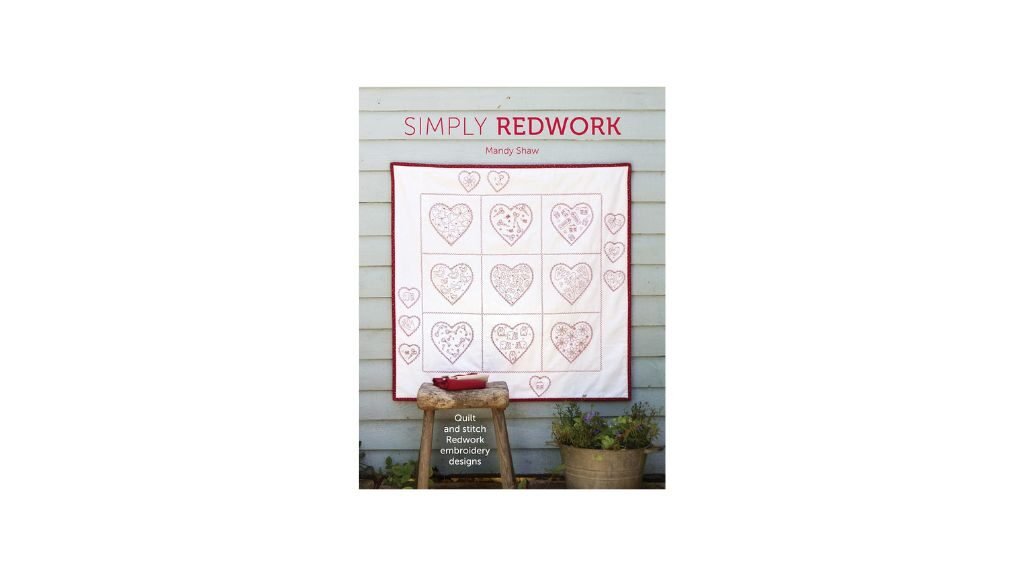
The red thread is used to stitch this design on white or naturally colored fabric. In surface embroidery and cross-stitch, this style of embroidery is highly well-known.
Surface embroidery
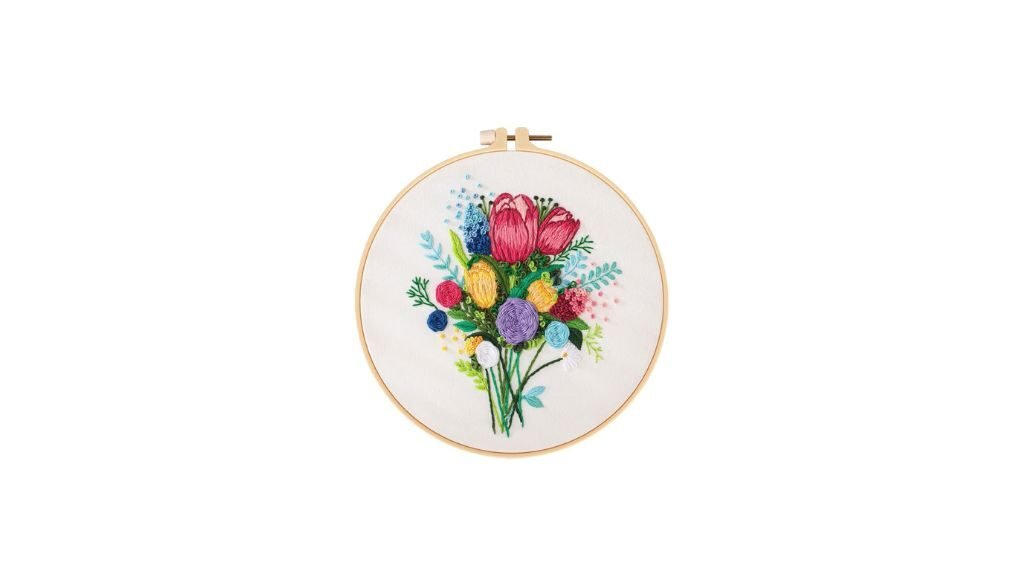
This is the type of embroidery in which the design is created by applying various decorative stitches and fibers on top of the base fabric to make the pattern. That merely shows that the fabric’s surface is being stitched.
Cross stitch embroidery
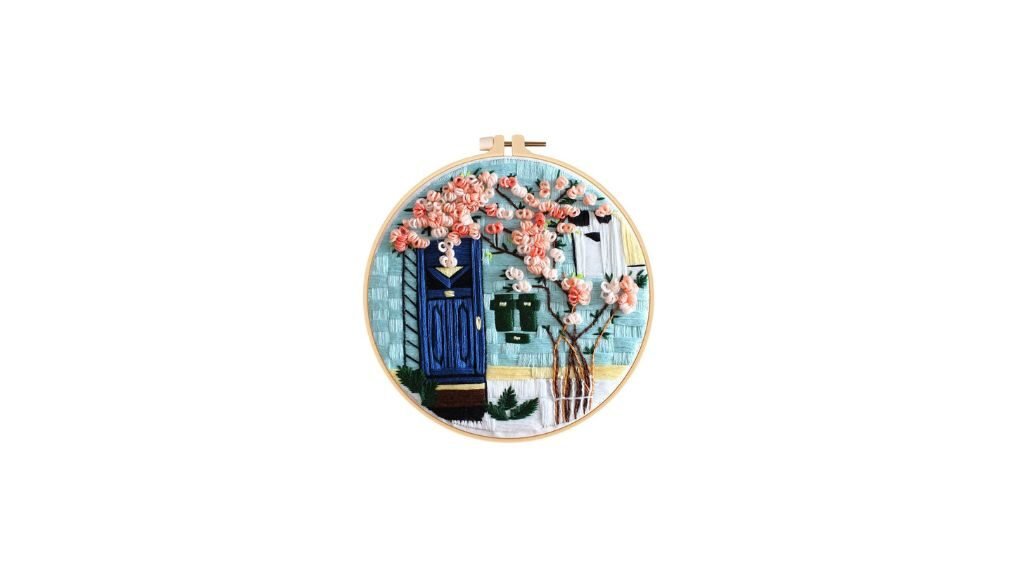
Aida is a hard, even-weave fabric with holes in it that is used for this type of embroidery. It is created on a grid or graph format and uses lines of cross stitches and occasionally back stitches. Compared to hand embroidery, this type of counted thread embroidery is less free-form. This has the advantage of having more uniform-looking pieces due to the even-weave fabric and perfectly even stitches.
Gold embroidery
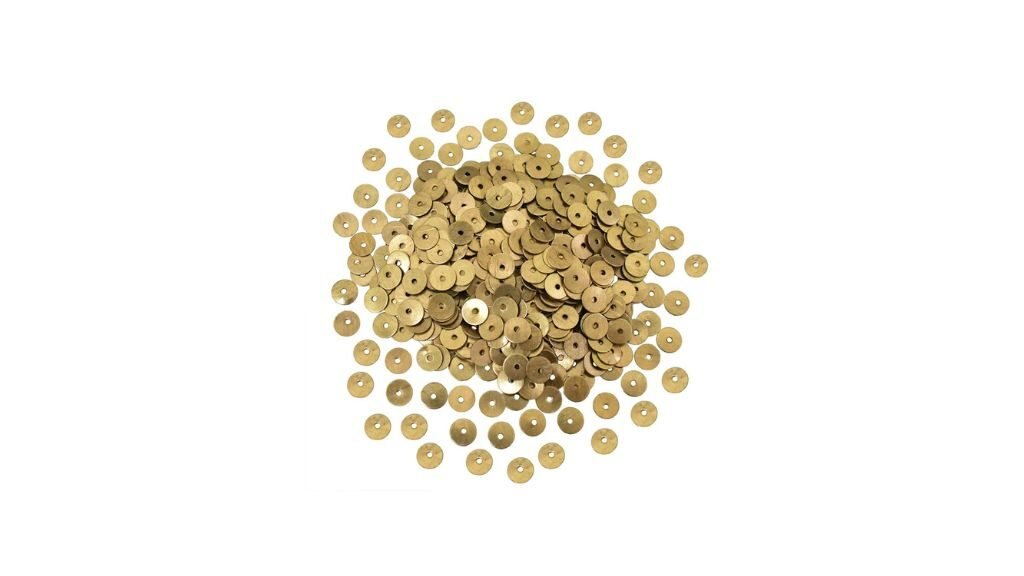
Metal threads are used in the gold embroidery stitching process. The primary goal of using metal wires is to ensure that the threads are never completely gold; instead, gold-coated silver is always used.
Crewel embroidery
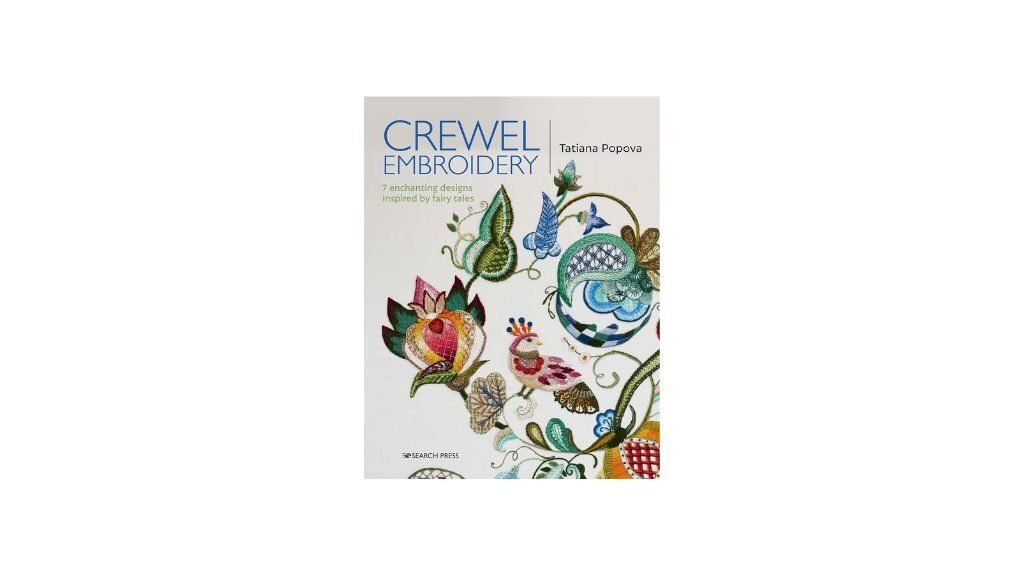
Although it uses wool fibers and yarns specifically for the thread, crewel embroidery, also referred to as crewelwork, creates the same kinds of stitches as surface embroidery. Because the wool thread used in this embroidery piece is thicker than the cotton thread typically used for embroidery, it has more texture and dimension.
Ribbon embroidery
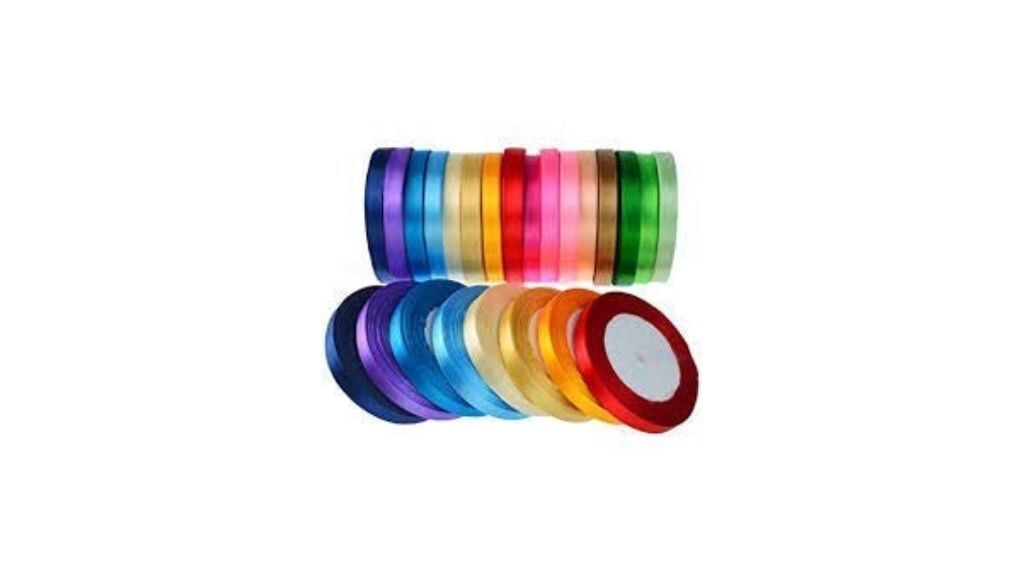
Silk or satin ribbon is especially used in ribbon embroidery to adorn the fabric. This embroidery technique is unique and exceptional as it features a more three-dimensional design and is a lovely method of stitching different flowers. While many standard surface embroidery stitches can be used, this kind of embroidery also involves some unique methods for folding and placing the ribbon.
Kashmiri embroidery
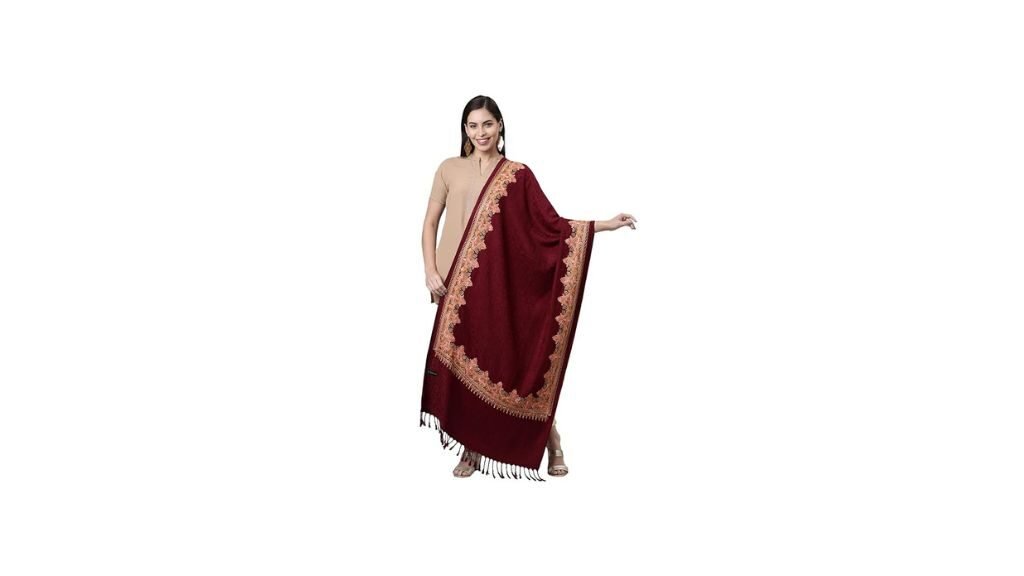
The name of this embroidery comes from Kashmir, where it was created. The cloth used for this embroidery, also referred to as Kashida embroidery, is woven and embroidered by members of the same, frequently extended, family. Light (and bright) colored cotton clothing is only used for summer, while dark-colored woolen clothing is primarily used for winter. These colors serve as a framework for base patterns. Women are in high demand for Kashmiri embroidery, particularly during the winter.
Drawn thread embroidery
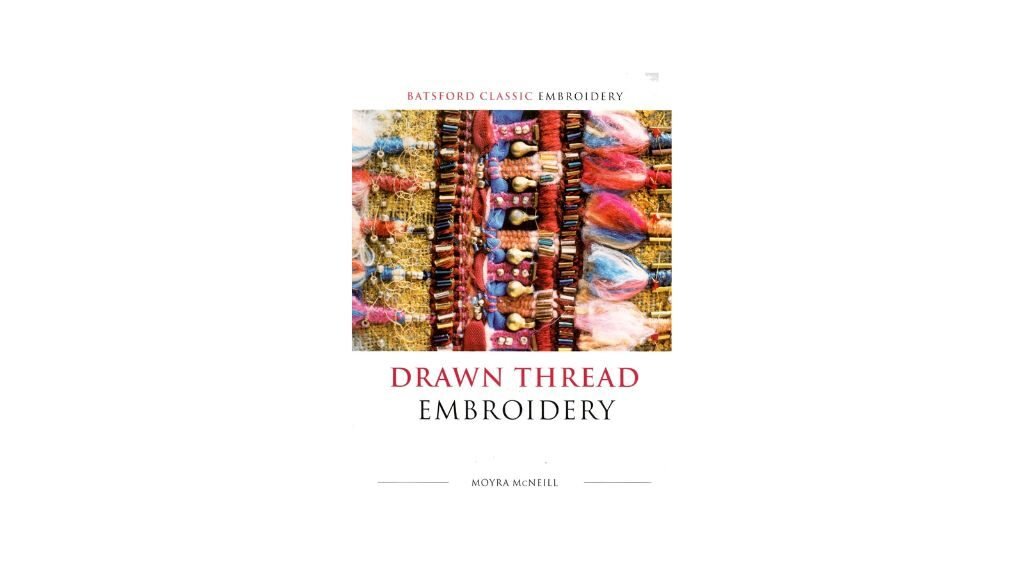
It is an example of counted thread embroidery and is performed on even-weave fabric. A portion of a fabric’s thread rows are “drawn out” or cut, and the holes are then stitched back into the fabric. Groups of threads that are left and then woven or stitched to create intricate designs.
Stumpwork embroidery
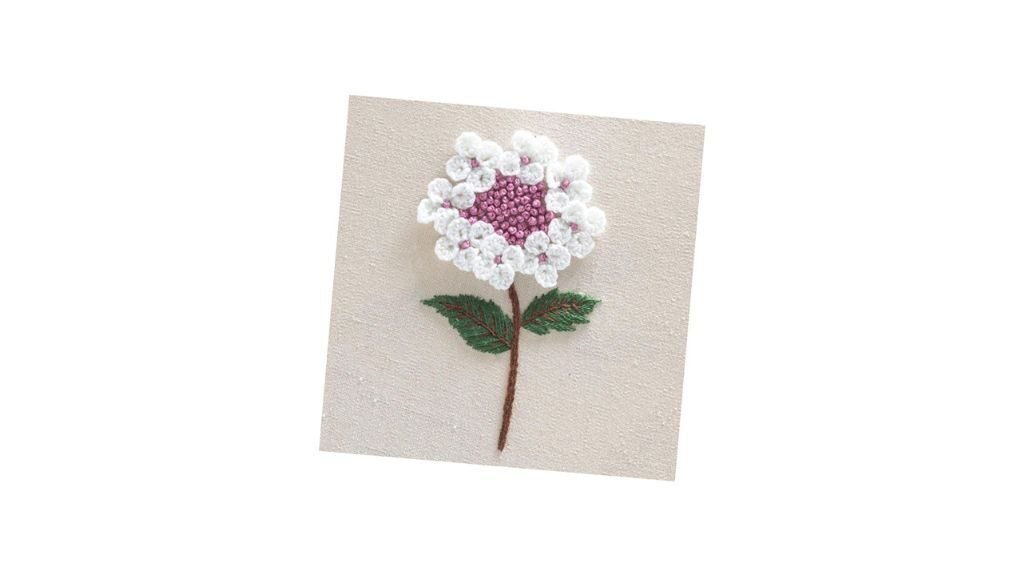
This kind of embroidery is more three-dimensional than other types. To add depth and texture to this style of embroidery, a variety of raised embroidery stitches are used. In this case, wire is usually used to create sections that seem to pop off of the fabric.
Aari embroidery
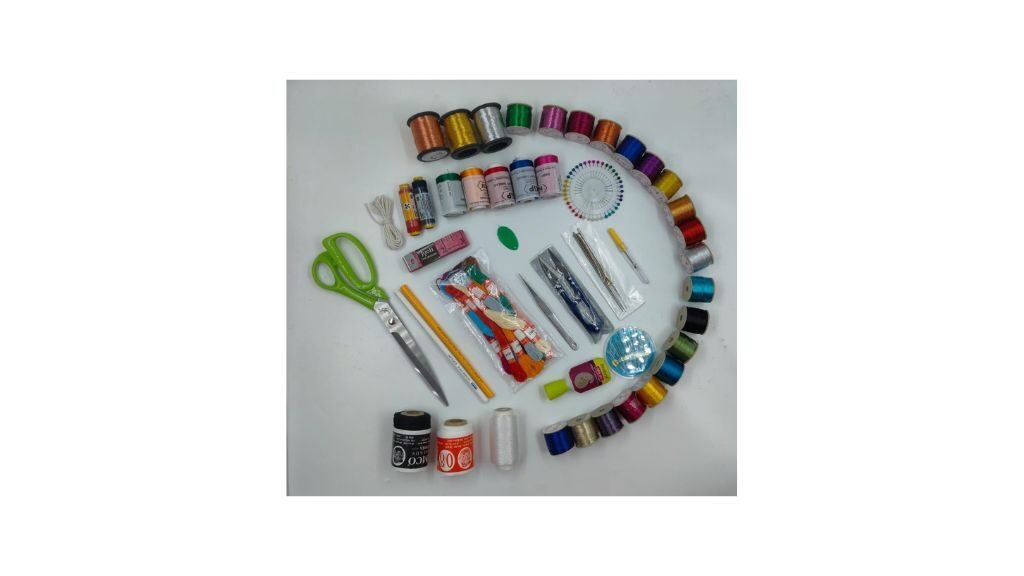
The name of this embroidery technique came from the sharp, hooked needle used for this kind of work. The Aari embroidery, which represents elegance, is created by chain stitching loops with a hooked needle and is frequently adorned with beads and sequins. Aari is unique in its richness, featuring purely intricate designs that are influenced by nature.
Phulkari embroidery
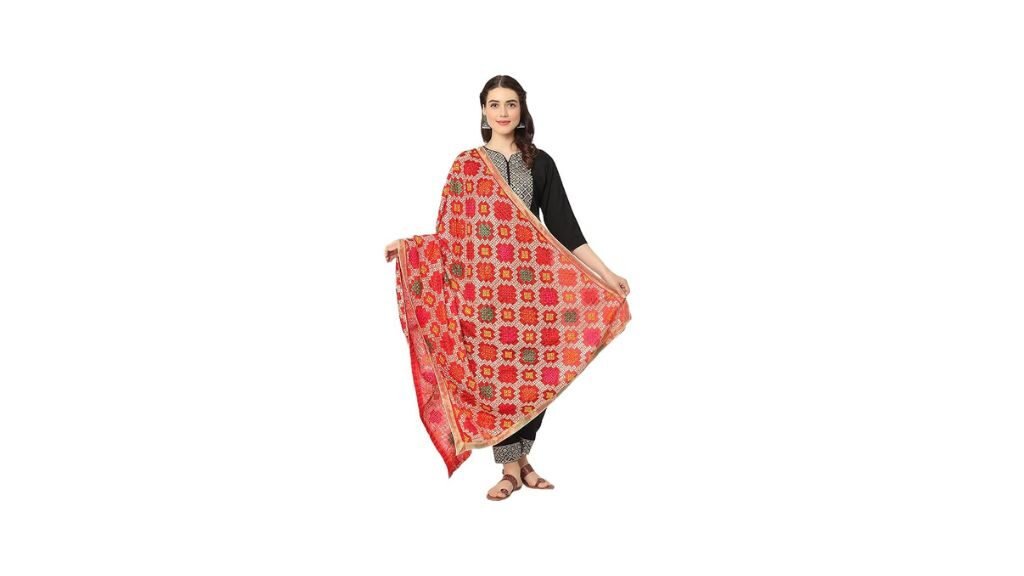
The folklore of Heer Ranjha states that this type of embroidery originated in Punjab’s rural areas and spread to the city. The dull base fabric—possibly handspun khadi—is completely covered in a vibrantly colored embroidered design, with no spaces between stitches. The once-popular khaddar is simply being replaced by materials like georgette, chiffon, and cotton, as well as hand-embroidered clothing and machine-made clothing where this style is more widely available.
The advantages of applying embroidery to clothing
- Simple stitches can be used to create a stunning modern pillow for your favorite chair or sofa.
- Stitching small embroidery designs into various patches and pins is an easy way to use them. These useful little items can be hooked to bags, jackets, and other items for a temporary or permanent fit.
- The adorable pincushions can be sewn using leftover fabric scraps. These kinds of practical items are easy to embroider and have the added advantage of allowing you to see your stitching every time you pick up a needle.
- There is always a demand for embroidered T-shirts, but doing it correctly and well takes a few steps. It can be made more visually appealing by adding small, emerging designs.
- It is believed that cloth napkins are environmentally friendly, and adding embroidery makes them even more unique. Napkins can be made at home using fabric squares and hems, or they can be purchased already designed. This beautiful cloth to hang on the scissors is made with very little embroidery.
- Enhancing a denim jacket or pair of jeans with embroidery is a great way to showcase stitching prowess and personalize the look. It can be as plain as a few small patterns on a pocket or as striking as covering an entire jacket’s back.
FAQs on Types of Embroidery
What types of fabrics are suitable for embroidery?
Numerous fabrics, such as cotton, wool, linen, felt, denim, and leather, can be embroidered on. Stronger needles are needed for thicker materials, as sewing bold lettering or filled-in shapes may pucker in thinner fabrics.
What tools are required to do embroidery?
To begin sewing and making artwork, you just need a few basic hand embroidery tools such as cloth to do embroidery on, embroidery floss, cotton stranded, needles for embroidery or crewel work, embroidery hoops, scissors, and fabric marking pens.
Which machines are used in embroidery?
More advanced and computer-controlled embroidery machines, also known as sewing/embroidery machines, are used to embroider pre-stored patterns. These machines might have several threads and heads operated by electricity.
Conclusion
India’s embroidery industry has advanced significantly in recent years. Indian embroidery adjusted to the changing weather and remained elegant and refined when fashion eras and styles evolved over time. While it’s true that every embroidery technique has a niche, they all undoubtedly make a significant and eye-catching fashion statement. The ideal method for adding embroidery stitches to fabrics or clothing is hand or surface embroidery such as back stitch, running stitch, satin stitch, and the list goes endlessly on. These days, one of the most popular and widely used types of embroidery clothing is in high demand and you can go through with the help of the Coupontalk guide.



